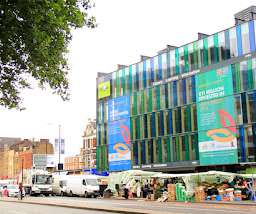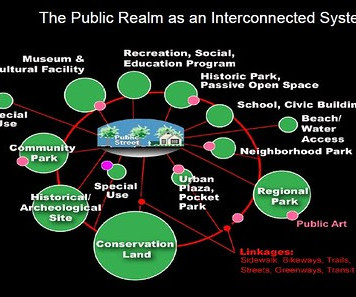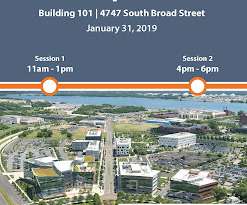Big data/Machine Learning/AI as a policy savior
Rebuilding Place in Urban Space
DECEMBER 29, 2022
TPAPs should be implemented at multiple scales: (1) neighborhood/district/city/county wide as part of a master plan; (2) within functional elements of a master plan such as transportation, housing, or economic development; and (3) within a specific project (e.g.,











Let's personalize your content